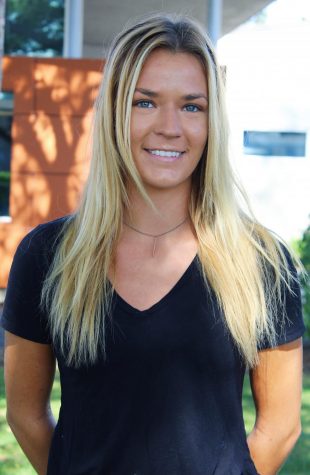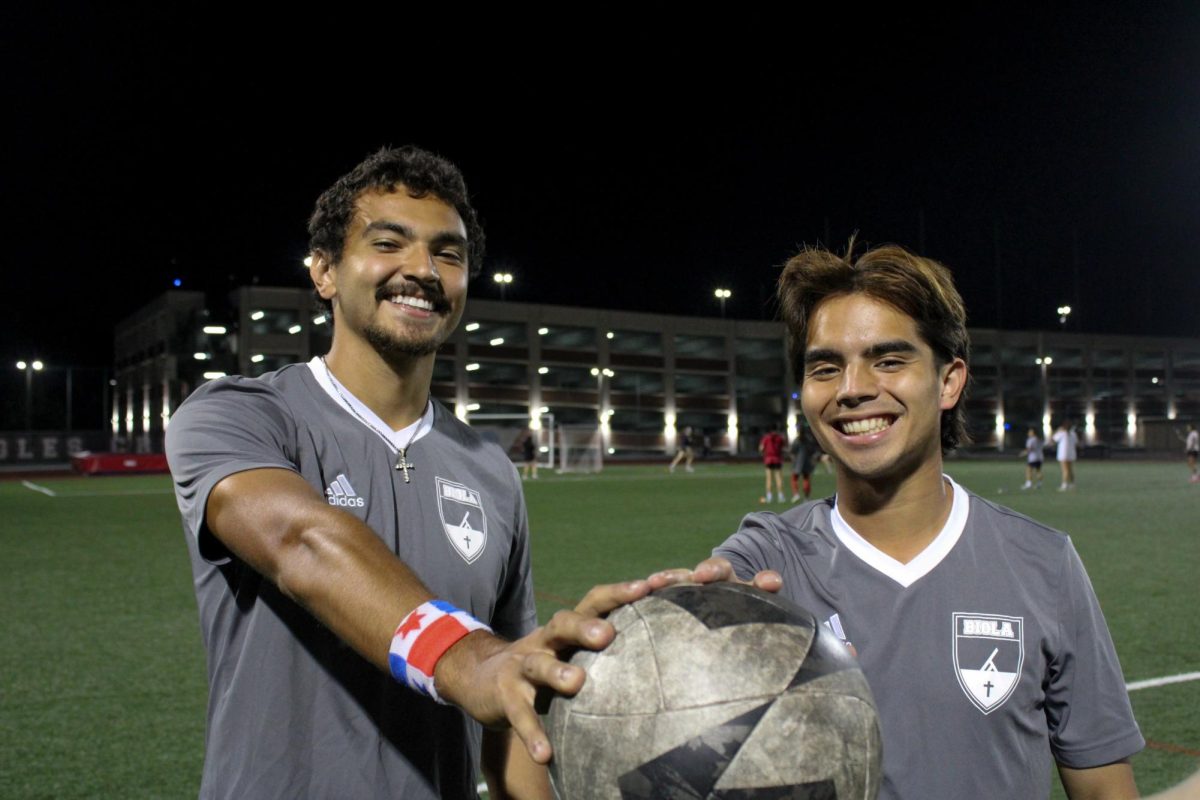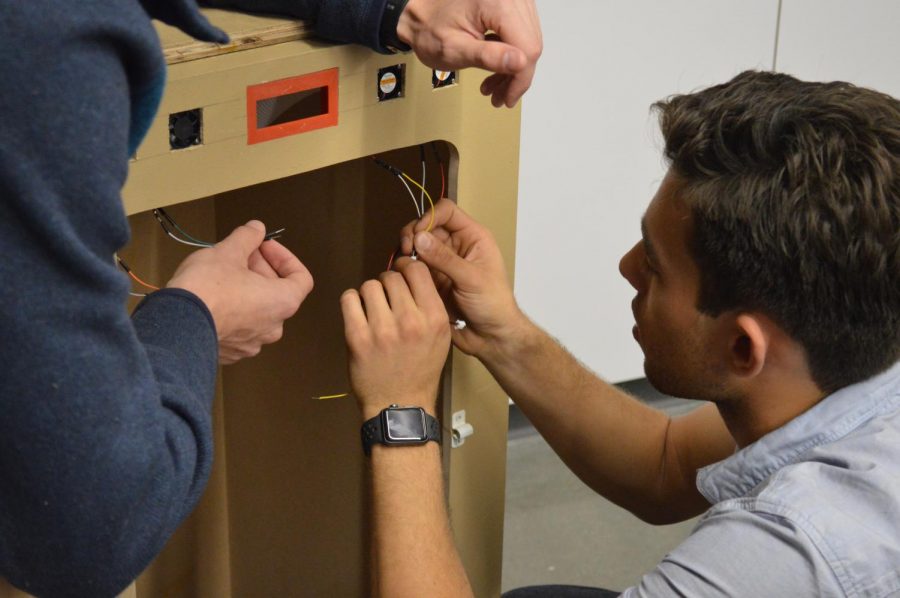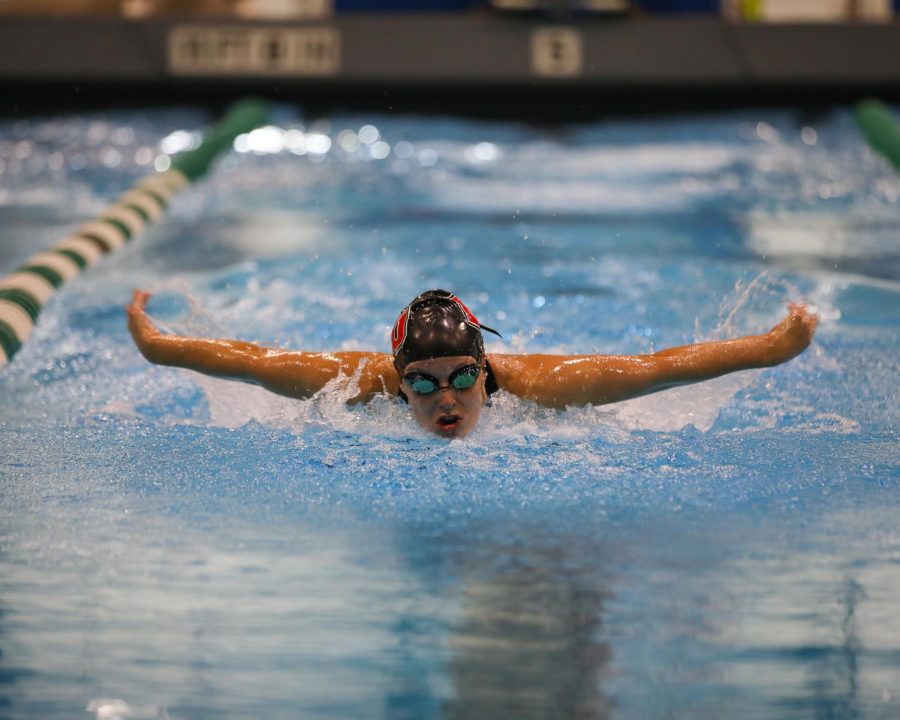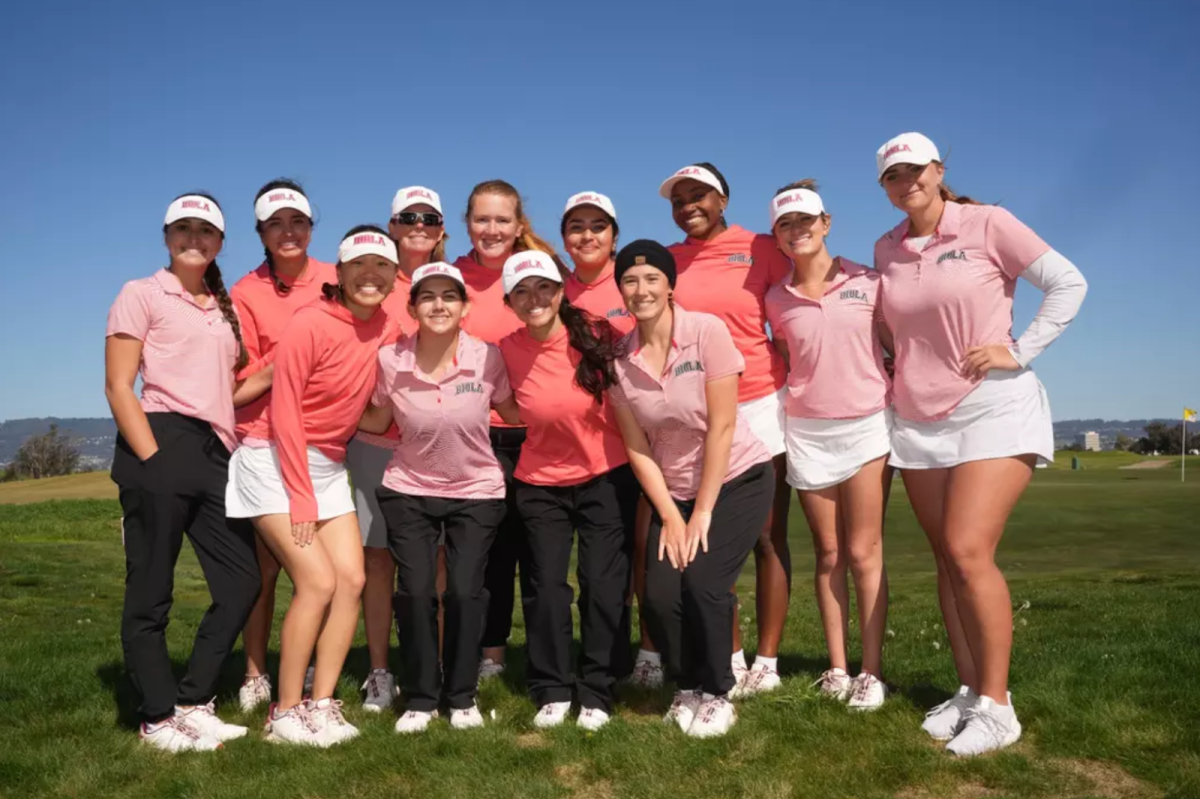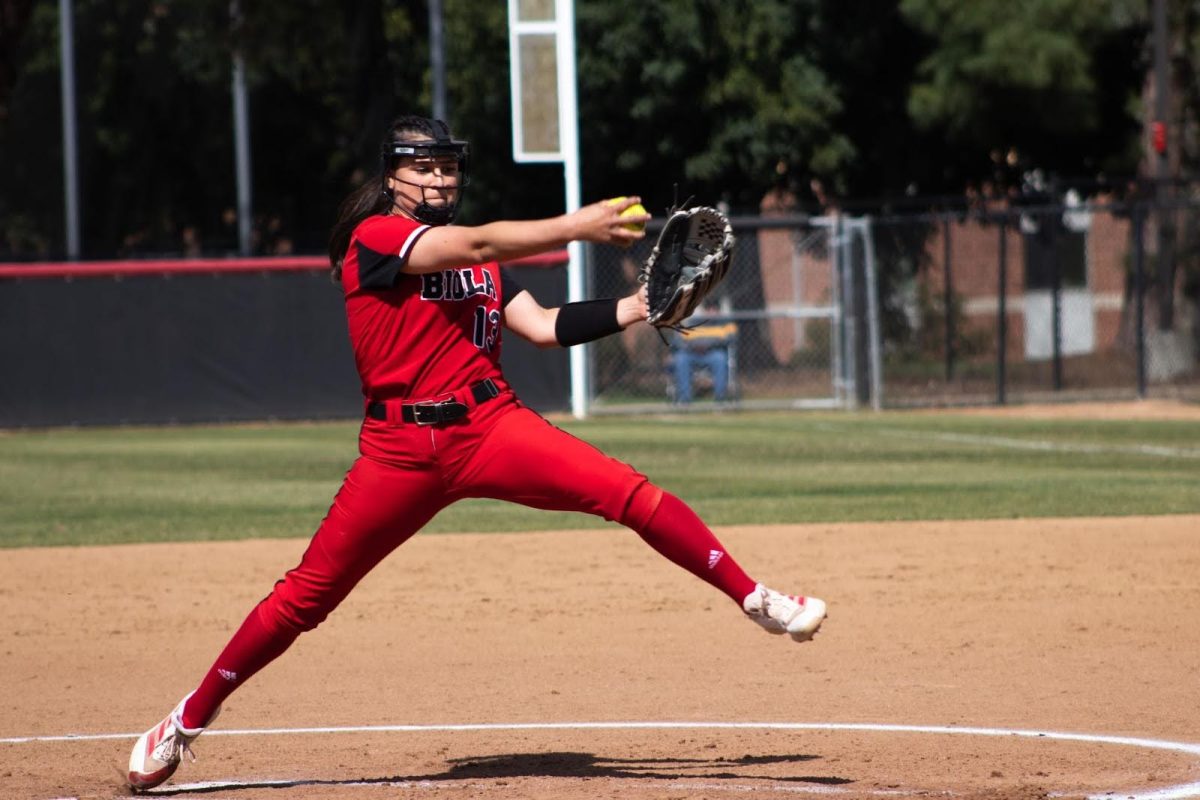(This story was originally published in print on Mar. 28, 2019).
Track and field has impressed in 2019, with several Eagles setting records left and right. Athletes from both the men’s and women’s side have been beating personal bests and ending meets with top scores against prestigious NCAA Division II universities. Coach Sean Henning’s squad is showing strength across the chart in a variety of events—from sprints to distance, and jumps to hurdles. The Eagles are doing it all.
These efforts have prepared them a well for a full-fledged spot in DII and the PacWest next season.
“This year has gotten way more competitive…just because we are being slowly introduced into NCAA. It definitely has a greater competitive edge,” said sophomore sprinter/jumper Sarah Rossiter.
COMPETITIVE CHANGES
Henning is using NCAA provisional standards this year as a benchmark for his athletes in preparation for the transition.
“We are hoping to develop athletes that can compete at a Division II conference level and have a bigger presence that this specific conference needs,” Henning said. “We want to make sure we are continuing to prepare our athletes to be in a good postseason situation. Building a foundation for being a very strong NCAA Division II program, creating this culture, is really important for future success.”
However, joining this conference will not be an easy task for such a relatively small squad in comparison to other Division II schools.
“The national standards are a lot harder this season, but it is preparing us for NCAA, which is good,” said senior distance runner Kaili Waller.
Henning is holding the Eagles accountable to the tougher competitive nature that comes at this level.
“We have new standards, so in order to get to nationals we have to hit a certain mark, and that mark is faster than in years past. So that has been pretty difficult, but I think we are adjusting pretty well,” said junior middle distance runner Nic Nelson.
Expanding to a bigger roster this year means making adjustments to how the athletes train during the season.
“We split up our practices a lot. The jumpers have their coach and they go together, the sprinters are together, the distance team runs really early in the morning,” said junior decathlete Nathaniel Belden. “We actually have two different lifting spots too, just because there are too many of us in the weight room.”
Belden has become one of the stars of this squad. He set the school record in the 100m with a time of 11.09 at the Ross and Sharon Irwin Collegiate Scoring Meet at Point Loma Nazarene University two weekends ago.
STRENGTH IN NUMBERS
Numbers mean everything in this sport. The more athletes a track and field team has, the greater its chances of scoring more points. Ultimately, some teams find it easier to win simply because they have an advantage in numbers.
“There are a lot of teams that are bigger than us. We struggle to compete with teams like [Azusa Pacific University] just because they have twice the [number of] athletes we have. Even if we are winning events, they are still taking like third, fourth and fifth, which still adds up to one of our people getting first,” Belden said.
Thankfully, the athletics department has been recruiting and expanding its program to help the team succeed.
“We have a bigger and better team environment. I think this is helpful because it brings that sense of community, it helps you get better. If you have five sprinters pushing each other, then something good is going to come of it, rather than just one person out there by themselves doing it all,” Henning said.
One example of the Eagles’ strength in numbers came when Waller raced alongside two other teammates in the 5k at Occidental College earlier on in the month.
“Everyone was super encouraging, towards the end we each like did our own thing, but it was super encouraging running with my teammates through that hard race, grinding it out together,” Waller said.
Several of Henning’s upperclassmen are stepping into leadership roles. Their experience throughout the years has given them well-earned top placements and times, setting examples for their younger teammates.
“We all have just been getting better from season to season. We have kinda moved up. You don’t see a lot of sophomores winning events, but we are juniors now and we are moving up in spots, and by the time we are seniors, hopefully, we will start winning a few events for the team and keep going forward with that,” Belden said.
The expanded roster also provides an added sense of community that allows the athletes to have fun while competing at a high level.
“I think it’s really neat being on such a large team because you get to meet so many new people. There is so much diversity amongst us, there are big age differences. The younger players have so much youthfulness, as silly as that sounds, so it’s neat being able to see the differences,” Waller said.
This year’s version of Biola track and field has gotten past its growing pains and are now on the right path toward future success, according to multiple Eagles.
“It definitely is a bigger team, but I like it. It’s got a better community, we are more competitive,” Rossiter said. “We were always family, but this year we have that competitive edge now.”




